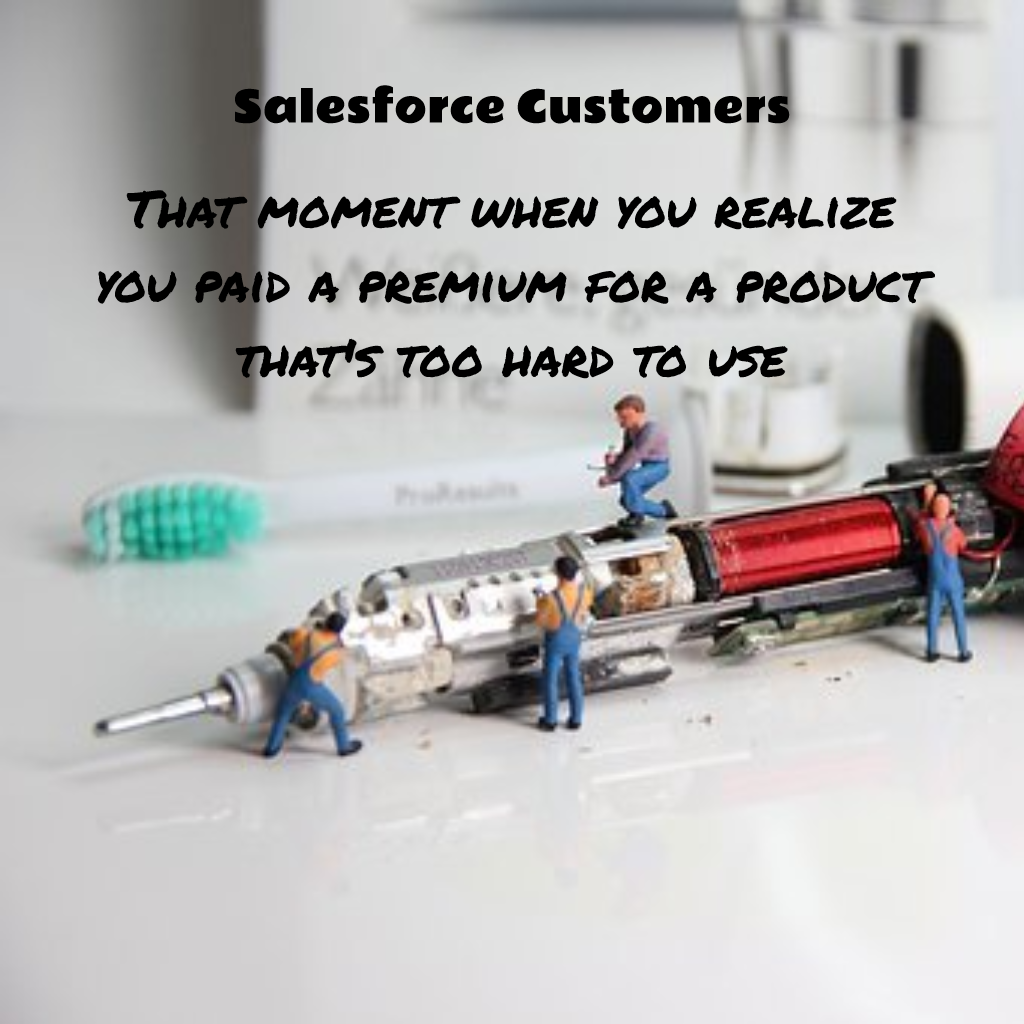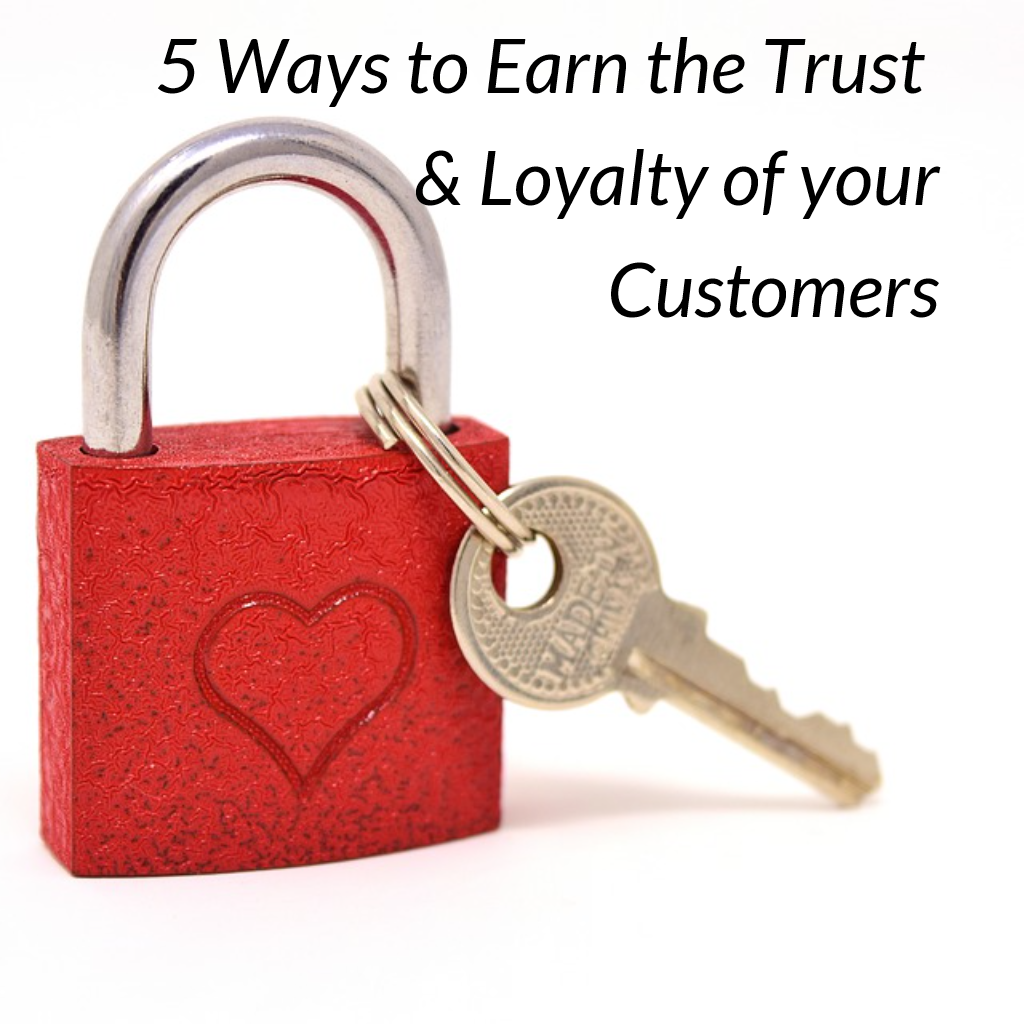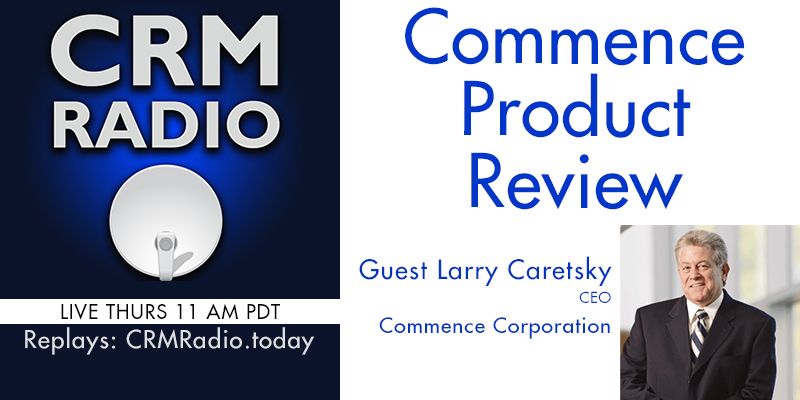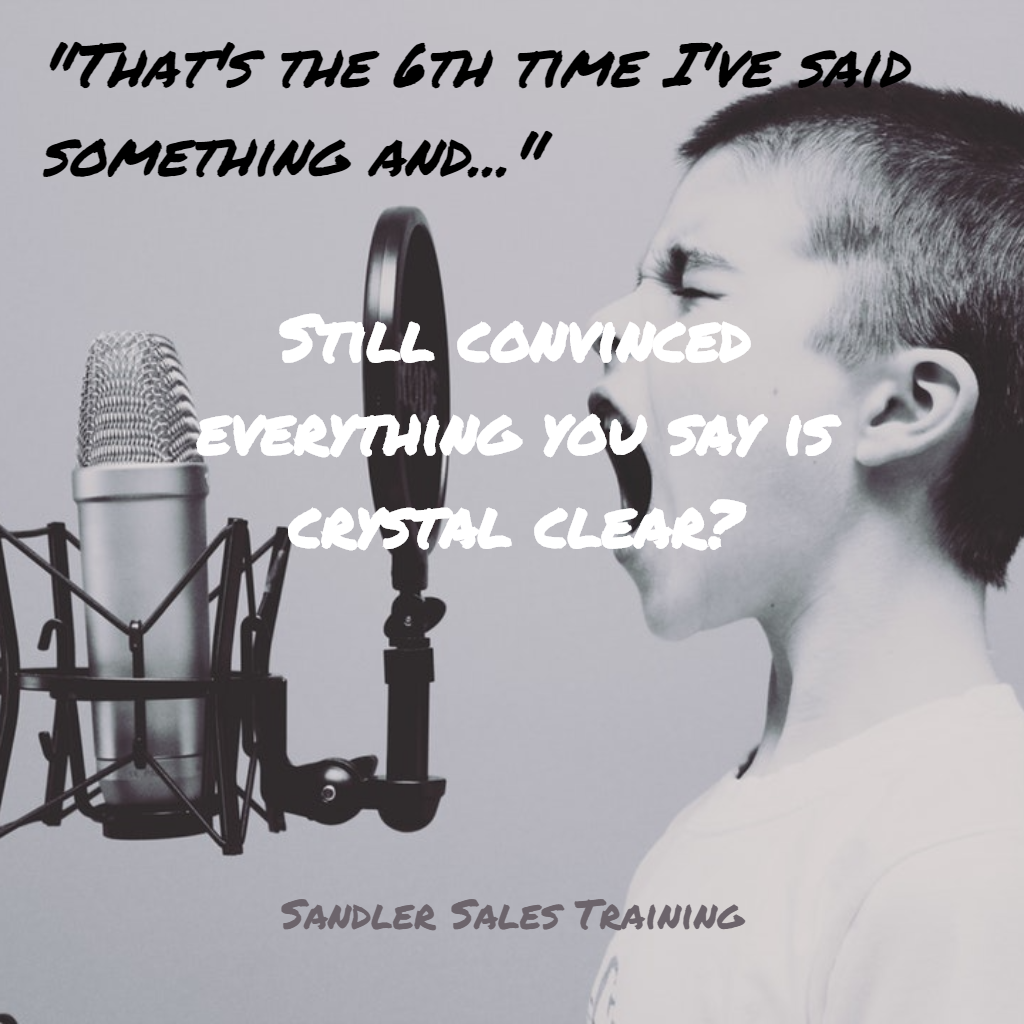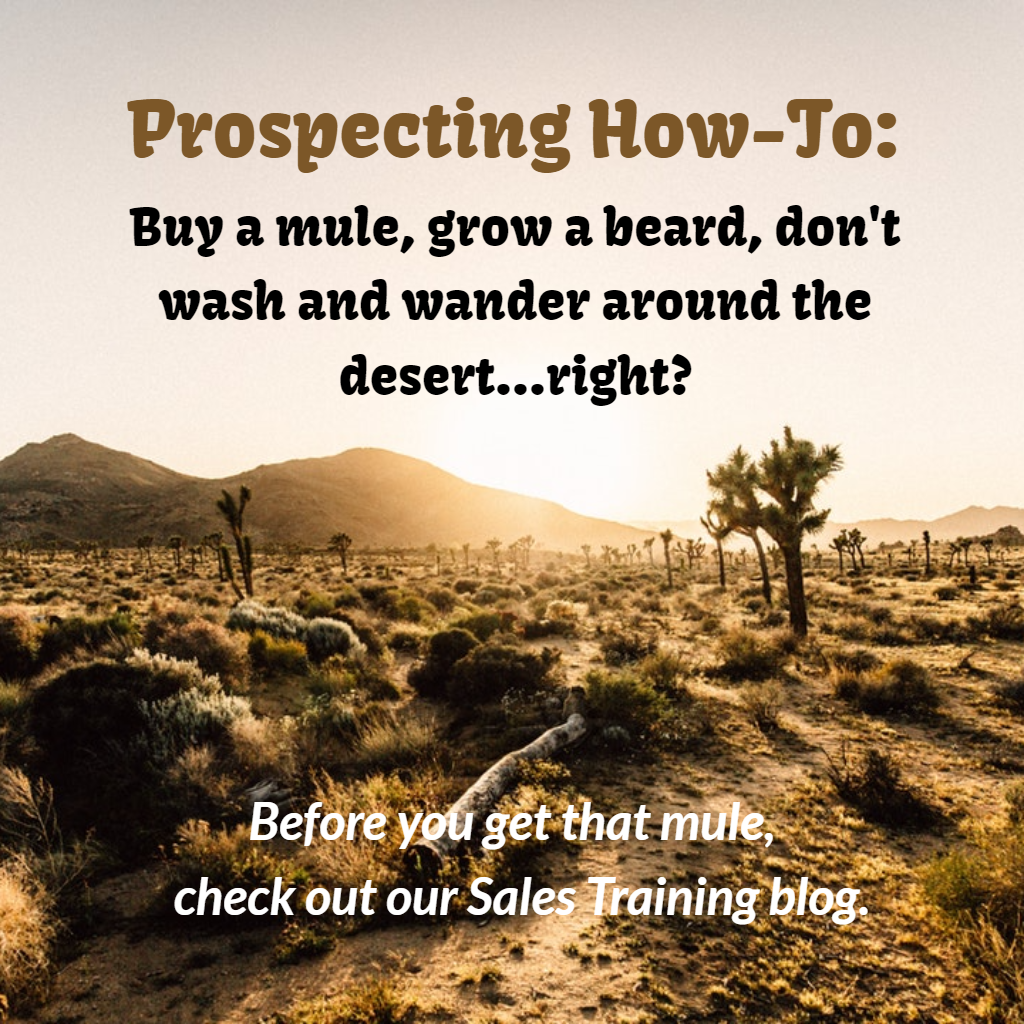
By Dave Kahle
I call it FIP. Fine in the Past. It refers to all the sales and marketing efforts, ideas, policies, principles, techniques, and strategies that worked well in the past, but are no longer effective. The past is everything that’s pre-2012.
I still recall a poignant moment with an attendee at one of my seminars. During the break he came up to me and said this:
“I’ve been in business for seventeen years. And we’ve done well. But now, it seems like everything is changing, and I don’t know what to do.”
He went on to explain that he had built his formerly thriving tool and die business on certain core principles: Quality workmanship, competitive prices, and good service. Those principles, adhered to with discipline and conviction, had brought him word-of-mouth business consistently over the years. But they were no longer working, and his business was floundering. The pain and confusion were written all over his face as he contemplated the prospect of seeing his business wither away.
Those principles are some of the most common examples of FIP: Business principles and policies that were sufficient on which to build a business, but today are not. At one time, you could distinguish your business from others on the basis of these and other FIP principles. Now, however, the bar has risen. Because there is so much churn in our marketplace and the competition is so fierce, the kinds of service and quality that were sufficient to distinguish yourself from your competition are no longer sufficient. Your customers expect previously outstanding levels of service and quality from every supplier. What was sufficient a few years ago is still necessary today, but no longer sufficient.
That reliance on quality service and word-of-mouth marketing is a FIP principle. When viewed from the perspective of effective sales and marketing approaches, these principles are passive. They rely on your customer’s coming to you, recognizing the superiority of your product or service, and then talking about you to others. Your job is to create an attractive operation that will pull customers to you and then keep them coming back.
When everyone else operated in similar fashion, that was FIP. But when more and more competitors appear, and they make the same claims as you do, your reliance on passive marketing methods relegates you to second choice.
Probably one of the greatest marketing myths of all time is encapsulated in the expression, “Build a better mousetrap and the world will beat a path to your door.” Nothing could be further from the truth.
Once you build a better mousetrap, you then have to publicize it, price it correctly, and develop a sales system to take it to market in an effective and efficient way. And if you don’t do that, your mousetrap will linger in the limbo of obscurity.
I’ve seen literally hundreds of businesses of all sizes who never reached their potential because of an inability to do sales well. They were perfectly capable of rendering outstanding service at competitive prices but struggled to survive. These FIP principles were so deeply ingrained in their mindsets that they never learned to do sales as well as they could, and their businesses never reached the level of prosperity and success that they could have reached. The economic landscape is littered with the remains of businesses who were excellent in providing their product or service, but mediocre in selling it.
Here are some other FIP principles, followed by the more effective modern approach.
FIP # 1: Creating sales by relying totally on outside sales people.
It was OK to hire a number of sales people, give them some basic training, and then charge them with “Go forth and sell a lot.” Sales territories were geographically based and each sales person was a clone of the other. Accountability was a nasty word that no one repeated.
MEMA: (More Effective Modern Approach)
Customers are first profiled to collect relevant marketing information. Then, they are analyzed and segmented, not only by their potential, but by the dynamics of the most effective sales approaches. The arsenal of sales methodologies now includes a variety of weapons: Web site marketing, e-commerce, trade show marketing, out-bound telemarketing, and data-base marketing to name a few. The appropriate sales methodology is selected based on the potential and dynamics of the customer. Customer contacts are tracked on a CRM system. The sales person becomes one of many methods of acquiring and nurturing customers.
FIP # 2: Sales management by pay plan.
In other words, pay them straight commission and everything will take care of itself.
MEMA:
The sales commission plan, while incredibly important, is not the only, nor the primary method of sales management. Those who supervise sales people, whether they be branch managers, principles or sales managers, understand that the processes and methods they use to focus, motivate and hold sales people accountable are a necessary and strategically important part of how effectively sales is done. MEMA companies have a formal process of hiring a sales person, training and developing that sales person, helping that person focus his/her energies effectively, and holding them accountable for the wise investment of their selling time. (See our Kahle Way® Sales Management System)
FIP # 3: Reliance on “on-the-job” training.
Everyone can learn how to be an effective sales person. Just put them out there in a sales territory, and sooner or later they will figure out how to do the job well.
MEMA:
Sales is a profession and, like every profession, requires both a minimum standard of knowledge and behavior in order to be allowed to practice, as well as commitment to continuous improvement in order to prosper.
Would you send your children to a teacher who had never passed the minimum standards? Would you fly on an airplane with a pilot who had never been certified? Would you go to a counselor who had never been trained in the basics of the job? Would you use an accountant who had never studied accounting?
Sales is an equally demanding profession. MEMA companies understand this, and develop a curriculum and a set of minimum standards for every sales person. Once the sales person has met the minimum expectations for knowledge and behavior, he/she is expected to continually develop and improve for the rest of their career.
FIP # 4: Hiring by “feel.”
When it comes time to hire a new sales person, find someone who has some experience in the industry and about whom you “feel” good.
MEMA:
Create a specific hiring process with a profile of the most effective sales person as a model to which to compare all sales candidates. Use several interviews, formal assessment documents, reference checks and a well-designed pre-hire aptitude assessment to come to a well-informed decision about whom to hire. MEMA companies understand that hiring by “feel” is often a rationalization for a lack of effort, and that the decision about whom to hire can be the single most important decision most sales managers will make.
The list of FIP positions can go on for quite a while. These are the most common. If they apply to you, it is time to rethink your position and move your sales and marketing efforts into the 21stCentury.
###
“Fine in the Past: Are You Hindered by Formerly Effective Sales & Marketing Policies? (SM-27)” originally published on davekahle.com.
About the Author:
Dave Kahle is one of the world’s leading sales authorities. He’s written ten books, presented in 47 states and ten countries, and has helped enrich tens of thousands of sales people and transform hundreds of sales organizations. Check out our Sales Resource Center for 455 sales training programs for every salesperson at every level. To connect to the Sales Resource Center use this link:
http://www.thesalesresourcecenter.com
source http://www.commence.com/blog/2018/02/28/fine-past-hindered-formerly-effective-sales-marketing-policies/

